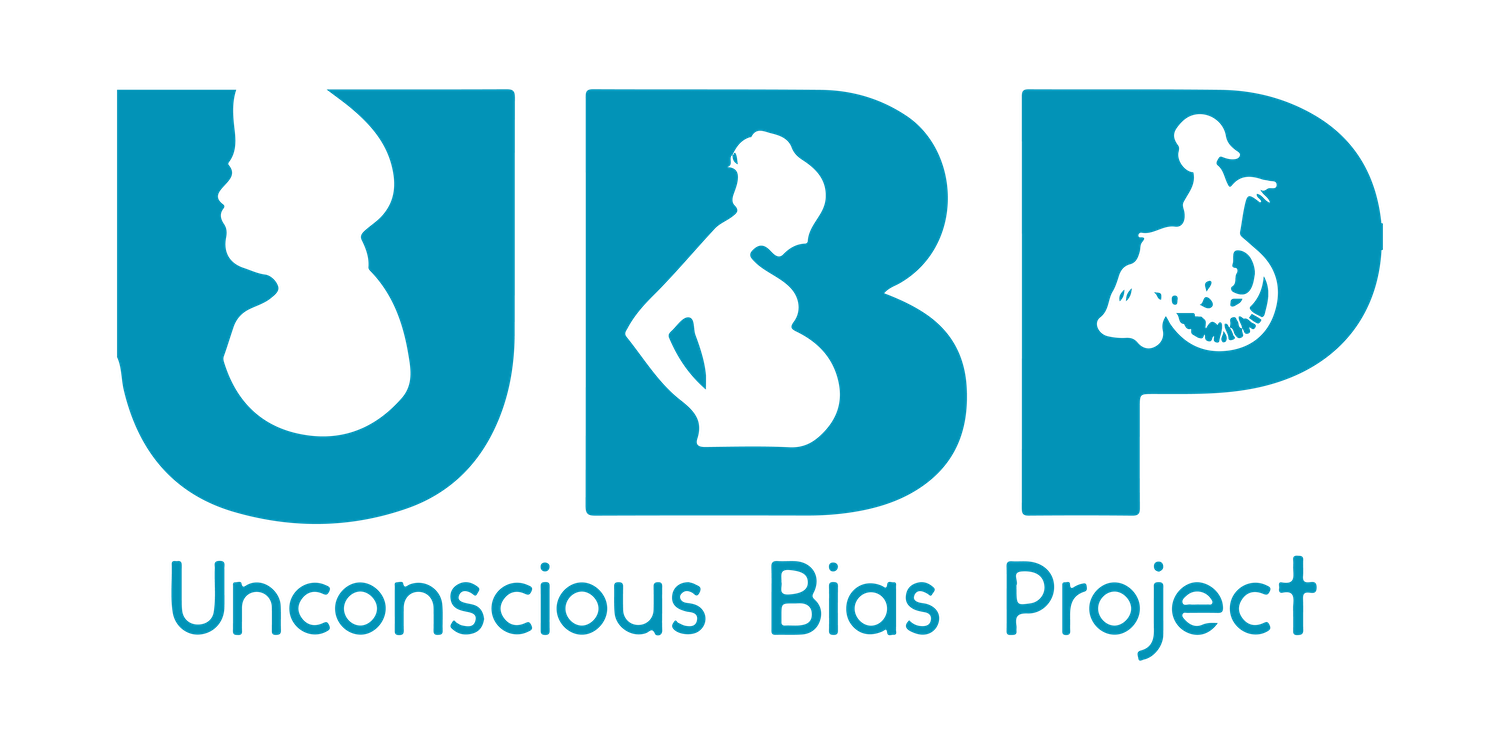How to Fight White Supremacy… with Agile?
Published on: April 29, 2022
Dr. Linet Mera
When people say “White Supremacy” the first thing that comes to mind are white hats, physical violence, and lynchings - a ‘long’ time ago. What we sometimes forget is white supremacy is really a framework by which white people and any white derived ideas, thoughts, beliefs, or actions, are entitled to benefit from any and all systems of power at the expense of everyone else and are superior to everyone else. And everyone else includes Jewish people, people with disabilities, Indigenous people, Black people, Latinx people, etc…
A great many incredible writers, researchers, philosophers, DEI facilitators, anti-racism leaders, activists, and thinkers have written on the subject, racism, and whiteness. To begin to explore their work, I recommend this non-exhaustive list at dRworks.
To start, I appreciate the framing of one of the authors of the first tools that lists characteristics of white culture and their antidotes - Tema Okun. Okun cautions us to avoid weaponizing the knowledge of characteristics of white supremacy culture and invites us to set the intention:
“… to help us understand the water in which we are all swimming so that we can collaboratively work together to build and sustain cultures that help us thrive as communities and individuals. Cultures that are not based on abuse of power and accumulation of profit. Cultures that are based on interdependence, justice, and respect for each other and the earth and wind and sun and stars. Cultures that embody the belief that we all do better when we all do better.”
Like we tell our workshop participants, it’s not about blame, it’s about noticing and feeling empowered to counteract these issues together.
In reading through the workbook, it came to mind that not only were some of the issues of white supremacy culture the same ones that project managers would point out as problems that can bring an organization to a grinding halt, they were issues that are targeted in Agile methodologies like scrum. And no, this didn’t come from total left field, our team at UBP uses scrum to run our project management. But scrum is more than just organizing work, it is also about work culture, listening, and making space for each other.
To see Agile’s parallel in interrupting unproductive work cultures mirror anti-racist work was surprising. Agile’s core values do include “Individuals and interactions over processes and tools”, yet nowhere are the terms inclusivity or equity, much less anti-white supremacy. Which serves to point out what many scrum trainers and agile coaches will say to their students - Agile methodology is just a method, not a solution, it depends on what you do and how you work together with your team. Similarly to how we would tell a client that no number of workshops, books, or lectures are going to change workplace culture, what matters is what you do with that knowledge and that you’re able to work on it in community.
While the list of white supremacist culture hallmarks and what to do about them is long, there were a few that I wanted to highlight that have Agile tools to counter them.
Perfectionist culture - In Agile frameworks, all products are iterative, centering all stakeholders and team members throughout the process of building them.
Over reliance on objectivity - many Agile frameworks feature retrospectives that ask how a work period felt and what can the group agree to change to make it better the next time.
Power hoarding - Agile frameworks often talk of teams and how important it is to plan as a team, with a leader suggesting ideas for work but all team members have the agency and power to change what is to be done and how to do it.
So, you can’t really get rid of white supremacy just by adopting Agile methods and frameworks, but you can use Agile structures to support anti-bias, anti-racism, and pro-inclusion and equity work individually, communally, and systemically within your organization. They all need to be a part of the picture.
Linet talks about how to reduce bias and tackle white supremacy culture in her session at the 2022 Agile Virtual Summit. Click the button below for the participant resource page. Session recordings are available through the Agile Virtual Summit Website.
